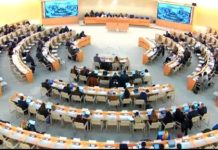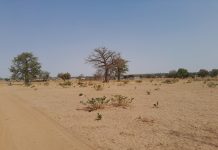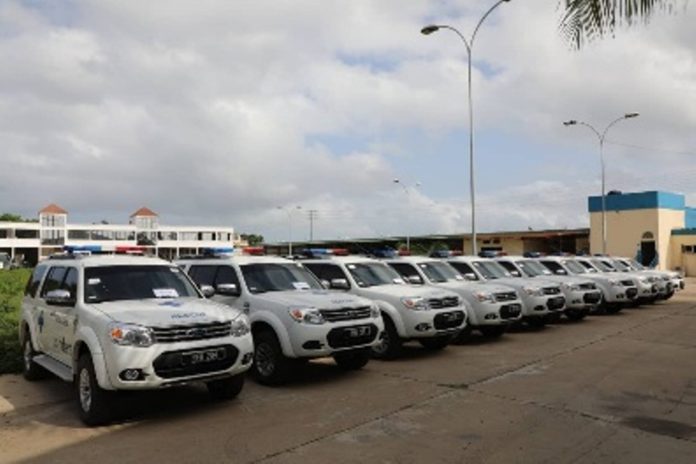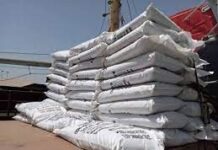This Column is meant to monitor and report on issues that concerns the people of the rural communities, in terms of how their development is hindered or facilitated. Rural development is a process that aims to improve the standard of living of people, living in the rural communities.
According to Robert chambers, rural development is a strategy that enables a specific group of people, poor rural women and men, gain for themselves and their children, more of what they want and need.
It involves helping the poorest among those who seek a livelihood in rural communities, to demand and control more of the benefits of rural development. The group includes small scale farmers, tenants and the landless.
Thus, the term rural development may be used, to imply any one of the above-mentioned connotations. To avoid the ineffective floundering among the myriad definitions, we shall define rural development as a process leading to sustainable improvement in the quality of life of rural people, especially the poor.
According to Lamin Sambou Kinteh, for rural development to be meaningful and realizable, the trinity of development must be present such as electricity, water and rural infrastructural development like roads, industries, schools, health facilities etc.
In part ten, we highlighted the women in rural Gambia, decrying the high cost of transport to reach a health facilities by women in labour, and call on the authorities to come to their aid.
According to the women who spoke to this reporter, they encounter lots of financial challenges to reach the nearest health facility in Farafeni, which is eleven kilometers away from Belligo in Illiassa District and twenty three kilometres from Maka Balla Manneh to Essau Lower health facility.
The women asserted that due to the poor condition of the road, transports do not frequently ply the area and as such, one needs to hire the services of a donkey cart, if one suffers from illness not associated to pregnancy; that in case of pregnancy, one has to hire the service of a vehicle which is expensive, because the service of animal drawn cart is risky.
After the publication, President Barrow on Friday, September 14, 2018, commissioned a fleet of new ambulances earmarked for fourteen rural communities, at a ceremony held at State House grounds in Banjul.
Speaking at the ceremony, the President emphasized that the health and well-being of the population remain his Government’s top priority; that transportation is an integral part of health care service delivery, particularly in the case of referrals, outreach, monitoring, and other related services.
“These brand new fourteen ambulances are expected to replace the last batch of ambulances procured in 2009. I therefore urge the drivers to handle them professionally, and with utmost care. I challenge RFH to continue to maintain the ambulances effectively. These ambulances will contribute immensely to the effective referral services for the Gambian community,” Barrow said.
The President indicated that availability, reliability and well-maintained vehicles, contribute to health promotion, lauding the long-standing partnership between the Ministry of Health and Social Welfare and RFH.
‘‘This is laudable and I hope that the ambulances will serve their purpose,’’ he concludes.
However, what is not clear to this columnist is how are the ambulances will be fueled? Will they be fueled by patients or the health facility they are attached to?






















